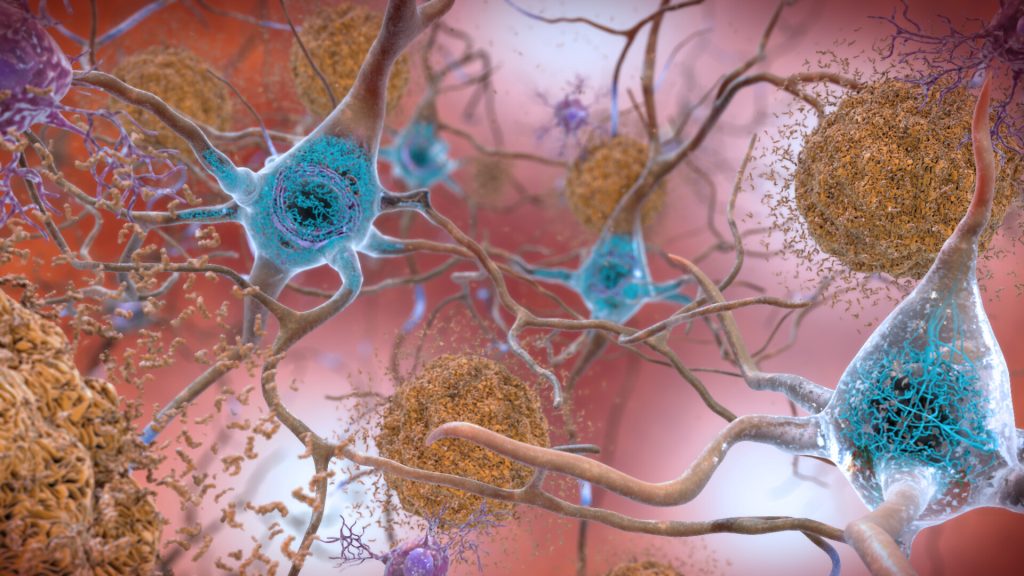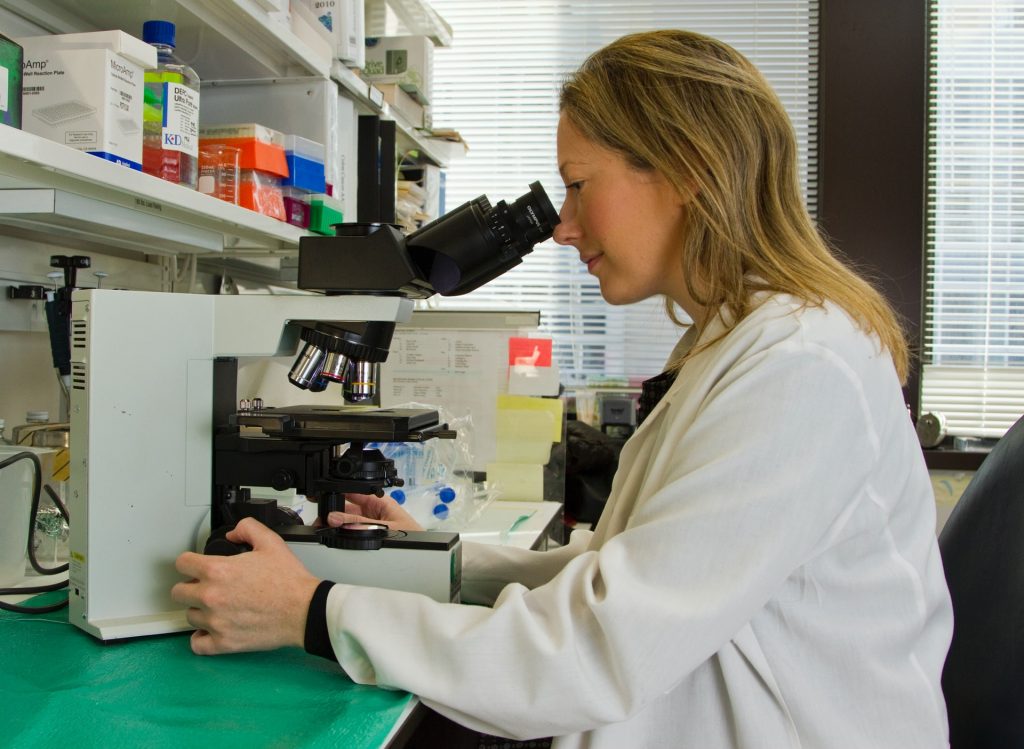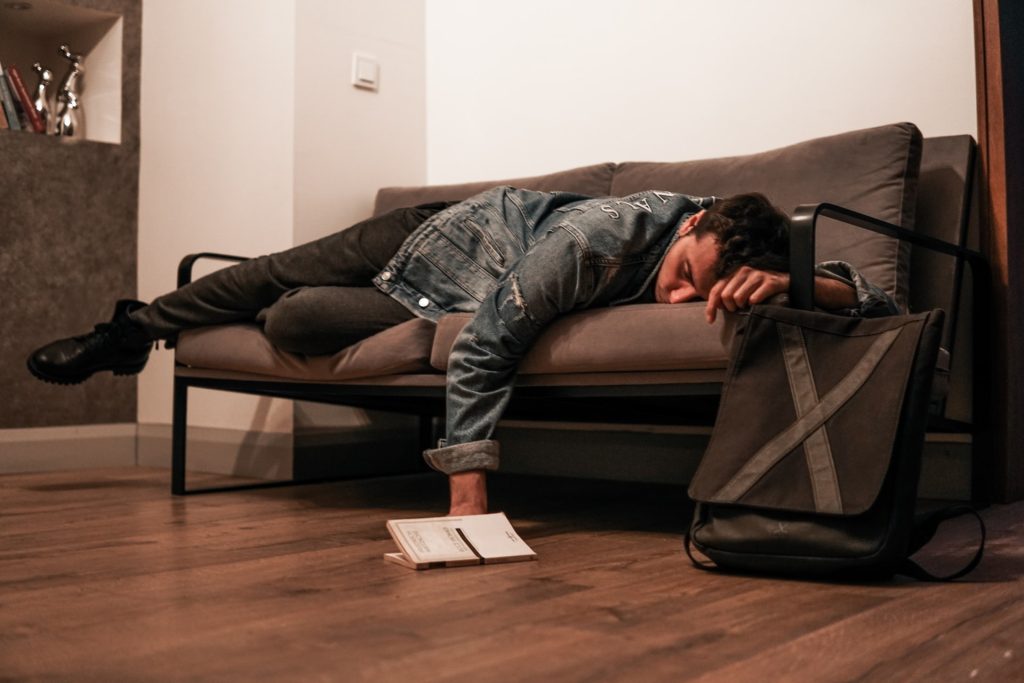The Nagging Pain of Vaccination Shoulder Injuries

Shoulder injury related to vaccine administration (SIRVA) has been documented long before COVID, and most commonly reported after influenza vaccination. The cause is often due to poor administration.
However, the medical community cautions that currently it’s more of a medicolegal determination rather than a distinct diagnosis. The condition is also plagued by the lack of a solid evidence base, and causality is difficult to pin down.
However, most physicians that MedPage Today interviewed put shoulder injury down to improper injection technique, and that these problems should be taken seriously and treated appropriately. One recent overview noted that SIRVA is a “rare yet increasingly recognised complication of immunisation.”
“We’re certainly not seeing a pandemic of SIRVA” from COVID vaccines, said Dr DJ Kennedy, chair of physical medicine & rehabilitation at Vanderbilt University Medical Center. “It’s really rare and the literature to date is mostly case reports. But I do think it’s possible, absolutely” for vaccine-related shoulder injury to occur.
Dr Laura Keeling, orthopedic surgeon at MedStar Georgetown University Hospital, told MedPage Today that part of the reason SIRVA remains in the medicolegal realm is that it’s “more of a constellation of symptoms and findings” as opposed to a specific diagnosis.
Symptoms can vary depending on where the stray shot landed, resulting in various manifestations such as bursitis, tendonitis, or adhesive capsulitis (aka ‘frozen shoulder’).
Generally, it’s characterised as a “constellation of shoulder pain and reduced range of motion that occurs within 48 hours of vaccination and does not resolve within 1 week,” according to a recent paper co-authored by Dr Keeling. It’s also different from typical post-injection soreness, as the pain is more severe and it can impact mobility and function.
Generally, treatments include anti-inflammatory drugs, corticosteroid injections, and physical therapy. Occasionally surgery is necessary to treat an underlying pathology such as an exacerbated rotator cuff injury. Patients with SIRVA often land in their GP’s office first, and then may be referred to a specialist such as a physiatrist or an orthopedic surgeon.
“It’s the patients who have persistent symptoms who are referred to orthopedic surgeons,” Dr Keeling said. “If physical therapy and injection don’t work, then primary care refers to us.”
Physical medicine & rehabilitation physicians, or physiatrists, also play a large role in treating SIRVA.
“We treat based on a full evaluation including history and physical findings, and imaging if needed,” Dr Kennedy said. “Then we develop a comprehensive rehabilitation plan … that usually involves doing range of motion and strengthening exercises on a daily basis.”
Scott Noren, DDS, an oral surgeon in Ithaca, New York, said after his second COVID shot in early February, he developed shoulder pain: “It went in pretty deep and pretty high,” he told MedPage Today.
An MRI revealed fluid collecting in his joint, as well as adhesive capsulitis, he said. Physical therapy helped improve his range of motion to an extent, but he has lingering pain. It’s difficult to take x-rays and do long procedures as an oral surgeon: “I have pretty good pain even with just normal function now,” he said.
Source: MedPage Today






